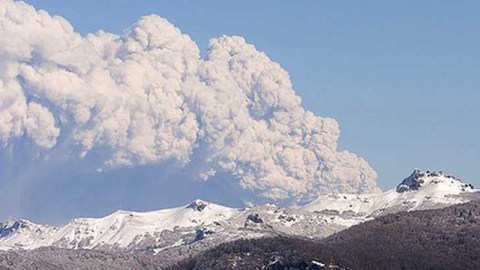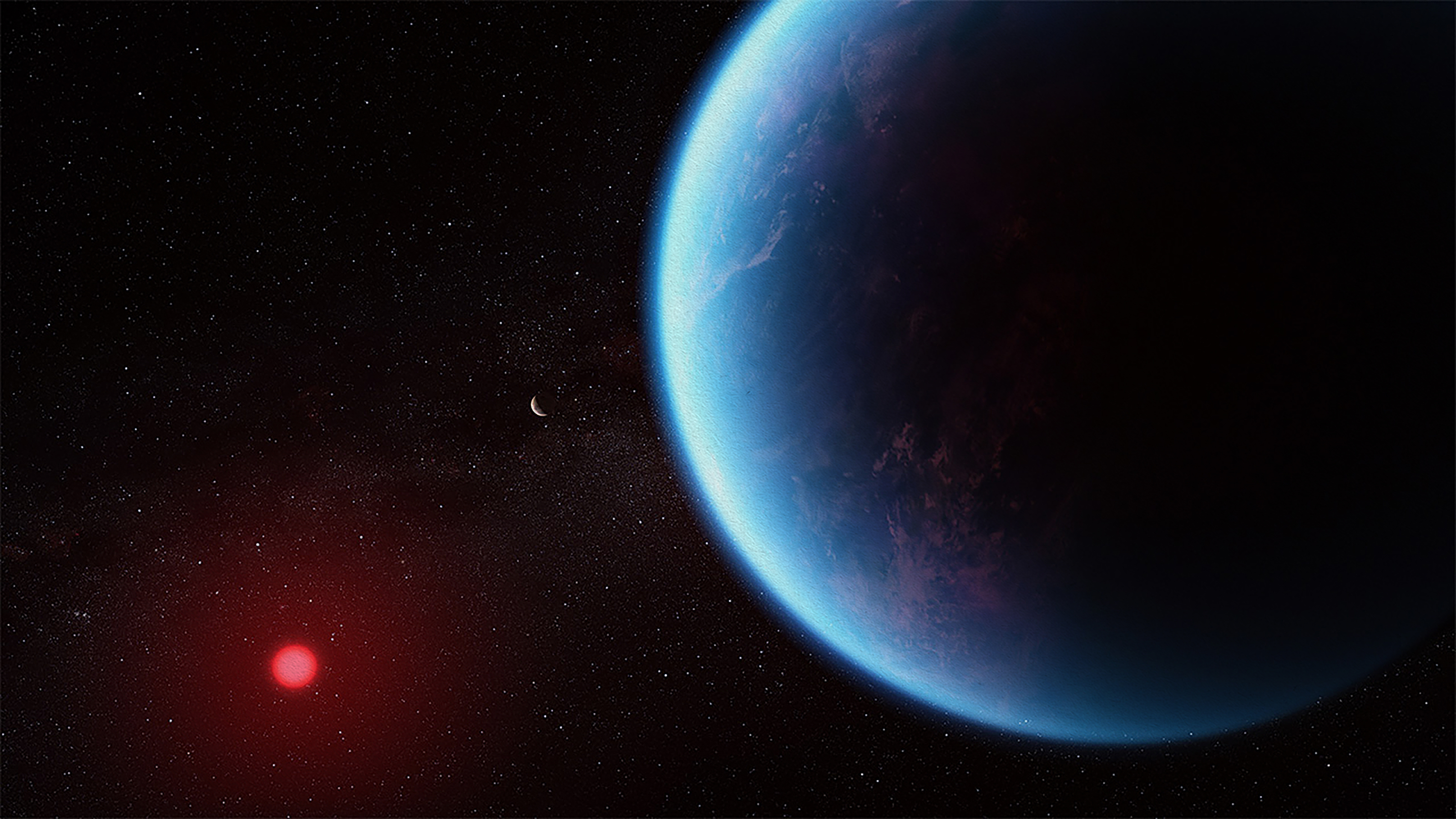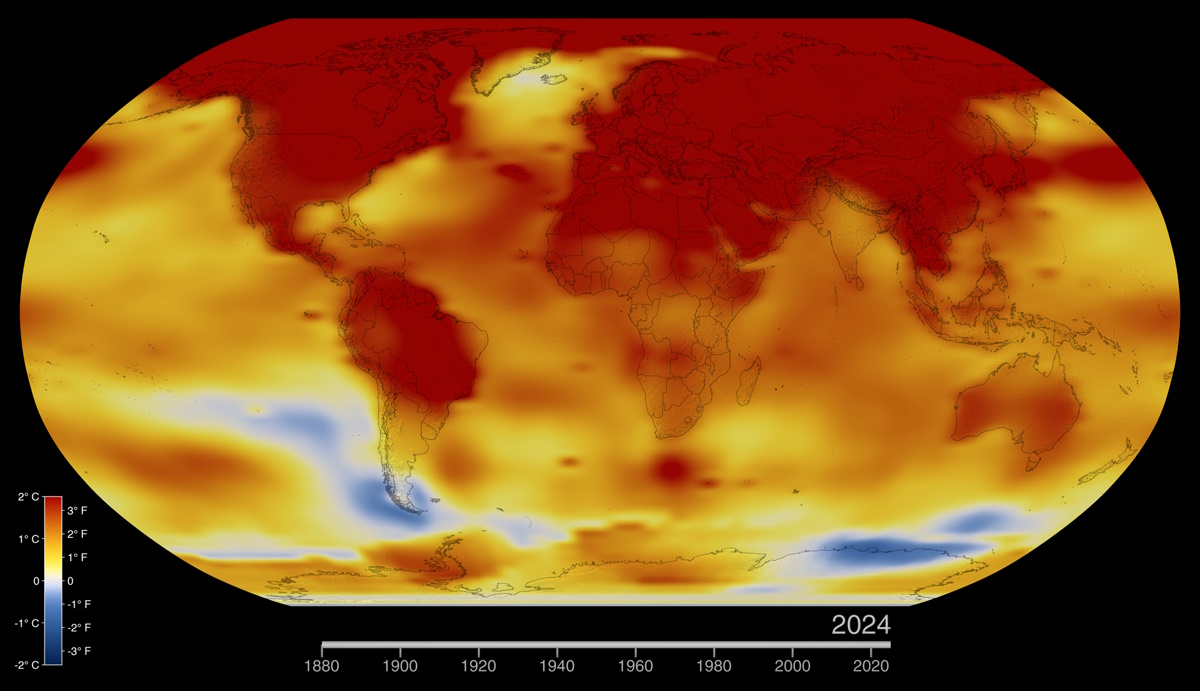Why volcanism isn’t the source of increasing carbon dioxide emissions

There probably isn’t a flashpoint in science right now as touchy as climate (well, maybe evolution). When it comes to climate change, everyone has an opinion and everyone thinks their opinion is right, but science is not run on opinion. Science does require interpretation, but that interpretation is based on the best available data, not conjectures and guesses that lack substantive support. One claim that has appeared on Eruptions over the years is that volcanic activity must be outpacing human release of carbon dioxide into the atmosphere. I mean, it makes intuititive sense, doesn’t it? You see all these eruptions in the news at Eyjafjallajökull or Chaiten or Grimsvötn or Puyehue-Cordón Caulle (top left) – these are releasing millions of tons of carbon dioxide into the atmosphere. All the eruptions worldwide in a year must dwarf what humans can release, right? It is a planet versus a puny species living on the surface. With all of the volcanic eruptions we don’t see – especially under the oceans – we must just be missing all that volcanic CO2 that would explain the very sharp increase in atmospheric carbon dioxide over the last 150 years. That must be it.
Uh uh. Nope. Sorry. No dice.
In the June 14 (2011) issue of EOS (the weekly newspaper of the American Geophysical Union), Terry Gerlach of the USGS disassembles the “volcanic source of increased carbon dioxide” argument in a paper called “Volcanic versus anthropogenic carbon dioxide” (v.92, no. 24, p. 201-203). His answer? “The belief that volcano CO2 exceeds anthropogenic CO2 implies either unbelievable volumes of magma production or unbelievable concentrations of magmatic CO2.” So, how does he reach this conclusion?
Let’s talk carbon dioxide emissions!
In compiling all the studies that have looked at global annual volcanic CO2 emissions, Gerlach offers a range of 0.13-0.44 billion metric tons (gigatons) per year. To further refine the range, Gerlach chooses an annual average of 0.15-0.26 gigatons. This includes all subaeral and submarine eruptions worldwide. That sounds like a lot, doesn’t it? We’re talking hundreds of millions of tons of carbon dioxide released each year. Where do humans stand in comparison? Oh, merely 35 gigatons. Yes, 35. That makes volcanoes look like small fry.
Gerlach goes on to to make some telling comparisons.
One year of volcanic activity releases the same CO2 as the following human source:
This works out to be ~135 times more anthropogenic carbon dioxide production than volcanic (a factor Gerlach calls the anthropogenic CO2 multiplier – ACM). If 135 seems like a lot, bear in mind that the ACM has increased from ~18 in 1900. This ACM of 135 is even a low-end estimate based on a study of volcanic CO2 emissions by Marty and Tolstikhin (1998) – other studies put the ACM as high as 233.
Now wait, Erik. This is looking at average CO2 emissions. What happens when we have a big event like the 1991 eruption of Pinatubo. That has to count for something? Well, it does, but not as much as you think. If you assume that the the average volcanic CO2 emissions are 0.26 gigatons/year, you can increase that value to ~0.31 gigatons/year when you add an Pinatubo-size eruption. Yes, According to Gerlach, Pinatubo added ~0.05 gigatons of CO2. If you assume that an upper limit on volcanic CO2 is 0.44 gigatons/year, then it takes 3 Pinatubos to get you from average to extreme. If you look at the duration of the 1991 Pinatubo eruption, that is ~0.006 gigatons/hour – compared to anthropogenic CO2 production rate of 0.004 gigatons/hour. As Gerlach points out, that is one Pinatubo every 12.5 hours of average annual human CO2 emissions. Looking at the total annual volcanic output, that only takes 2.7 days for humans to match.

The 1991 eruption of Pinatubo in the Philippines. It would take 700 Pinatubos to equal the anthropogenic production of carbon dioxide.
I think the really telling part of Gerlach’s study is the examination of the idea that it might even be possible for volcanism to produce the same out about carbon dioxide that anthropogenic sources emit. Here are the key points he makes:
In fact, if you did want to appeal to a volcanic source for 35 gigatons of carbon dioxide, the game becomes like those old Total cereal ads (see below). For one year of anthropogenic carbon dioxide emissions you would need (not individually, but all totaled together):
Comparing the 35 gigatons of CO2 to large volcanic eruptions, you’d need 700 Pinatubos that erupted ~3500 cubic km of magma – or, roughly 8 “supervolcanic” eruptions.

We spend a lot of time worrying about what sort of climate impact a supervolcanic eruption or a flood basalt eruption might have on the Earth. Yet, we live in a time where humans are adding far more carbon dioxide into the atmosphere than any of these volcanic events could ever dream of producing. It is easy to think that it is only large, catastrophic events can have an global climate ramifications, but Gerlach shows quite clearly – humans are worse than even the largest volcanic event when it comes to carbon dioxide.





